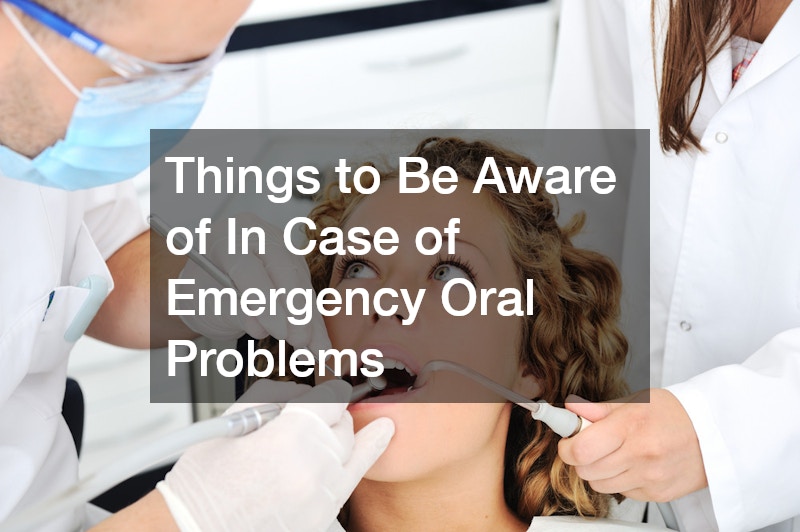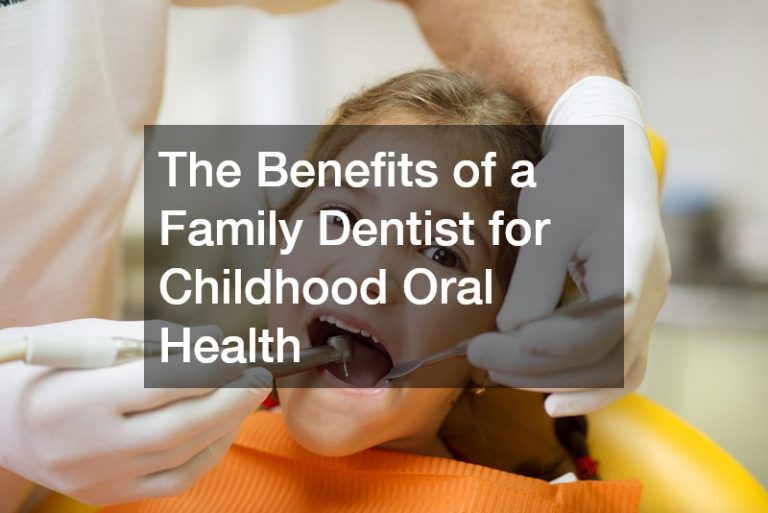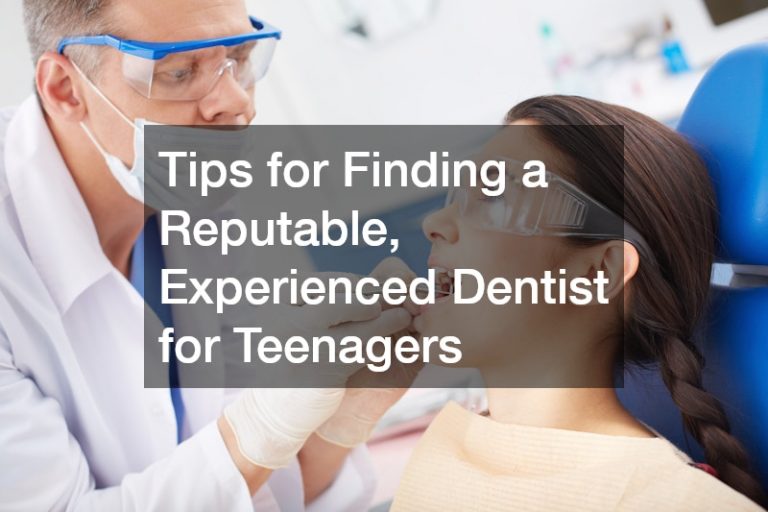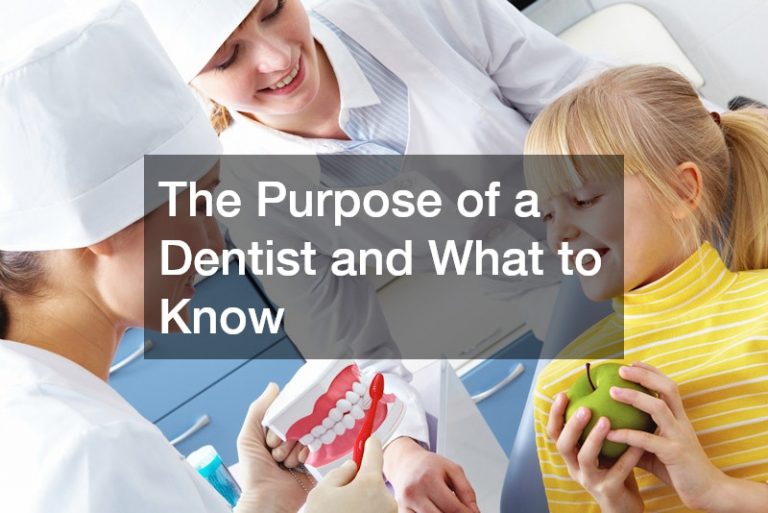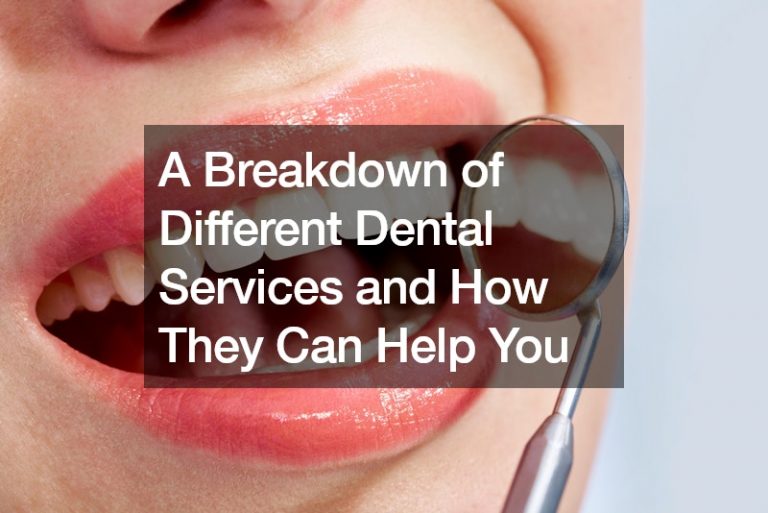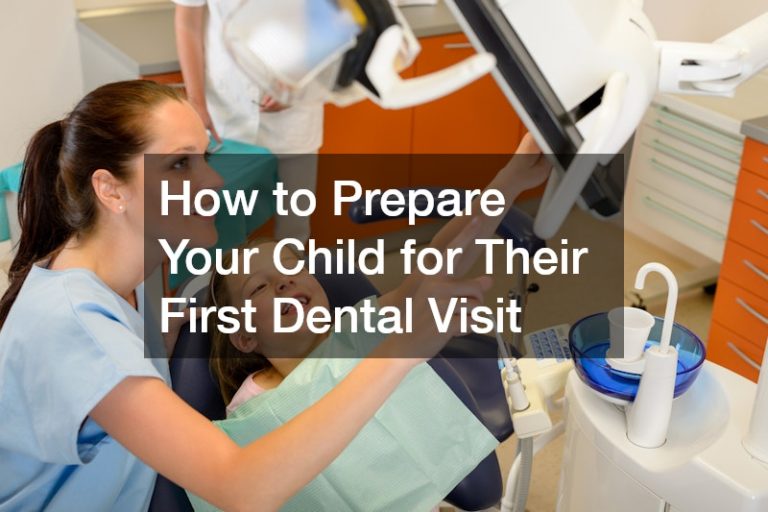Things to Be Aware of In Case of Emergency Oral Problems
When it comes to oral health, emergencies can arise without warning. Whether it’s a sudden toothache, an accident leading to a broken tooth, or an unexpected allergic reaction, being aware of how to handle these situations is crucial. Understanding what tools, professionals, and strategies are needed can make the difference between a quick recovery and a long, painful process. In this article, we will discuss several key areas to be mindful of in case of emergency oral problems. Topics like organizing dental tools, knowing when to call an emergency dentist, and having the right dental care options for both kids and adults will be explored in detail. We’ll also cover how to prevent future emergencies with preventive care and how to manage your dental practice’s emergency preparedness. As we delve deeper into each area, we’ll also emphasize the importance of quick thinking and access to the right resources to deal with an emergency oral situation efficiently.
Organizing Dental Tools
In any emergency situation, having the right tools at hand can help provide quick relief and ensure proper care before seeing a dentist. Organizing dental tools is a crucial step in preparing for potential oral emergencies. Keeping a well-stocked emergency dental kit with essentials like gauze, tweezers, a temporary filling material, and pain relief medication can help prevent further complications while waiting for professional care. It’s important to make sure that these tools are easily accessible and in good condition, so they can be used effectively in times of need.
For those who work in the dental field or who frequently deal with emergency oral issues, organizing tools is a matter of not just collecting the right items but also ensuring that they are stored properly. A designated custom dental cabinet or kit can be a lifesaver during emergencies. Keeping these tools in a place that is easy to reach, perhaps in a kitchen or bathroom cabinet, can save valuable time when seconds count. In addition, regularly checking and updating the contents of this kit will ensure that you’re always prepared for an emergency, especially if a tooth injury occurs during outdoor activities or a sports event.
Cosmetic Care in Emergencies

Cosmetic dentistry typically addresses aesthetic concerns, but when it comes to emergency oral care, these treatments can become vital. While dealing with trauma to the teeth or gums, it’s essential to assess not only the health of the mouth but also the appearance, especially in cases where the injury affects the visible front teeth. Emergency situations may require immediate cosmetic intervention to restore both function and aesthetics, and the role of a cosmetic dentist is key in these moments.
Cosmetic dentists are highly trained in not only the restoration of damaged teeth but also in techniques that address urgent aesthetic needs. For instance, if a tooth is chipped or cracked due to an accident, a cosmetic dentist may use dental bonding or veneers to restore its appearance quickly. In emergency oral care, these solutions can prevent the patient from feeling self-conscious about their smile while the underlying issues are being treated. The key to success here is addressing both the functionality and cosmetic aspects of the oral problem at the same time, minimizing discomfort and enhancing the patient’s appearance.
Role of Implants in Urgency
In cases of emergency oral trauma, dental implants can play a significant role in restoring both function and appearance. Dental implants are commonly used to replace missing or severely damaged teeth, and in emergency situations, they can provide an effective, long-term solution. For individuals who experience accidents leading to tooth loss, dental implants offer the advantage of a natural-looking and durable replacement that mimics the structure of a real tooth.
During an emergency oral situation, if a tooth is knocked out or severely damaged beyond repair, dental implants can be considered as an urgent solution. The procedure typically involves placing a titanium post into the jawbone, followed by attaching a crown to restore the appearance and function of the tooth. This can prevent further oral health issues that might arise from a missing tooth, such as shifting teeth or difficulty chewing. It’s important to see a dentist as soon as possible after the injury to determine whether an implant is the best option, as timing plays a critical role in successful implantation.
Emergency Care for Kids

When it comes to emergency situations, children often require specialized care. Pediatric dentists are trained to handle the unique needs of young patients during emergencies. Whether it’s a chipped tooth from a fall or a severe toothache that suddenly appears, pediatric dentists are equipped to assess the situation and provide age-appropriate treatment. Children’s teeth are still developing, which means that emergency oral care for them must be approached with caution, ensuring that both the immediate issue and their long-term dental health are considered.
Pediatric dentists are experienced in calming anxious children and providing treatment in a way that minimizes trauma. They also understand the different stages of dental development, so they can treat young teeth and gums with the appropriate level of care. For instance, if a child suffers from a knocked-out baby tooth, the pediatric dentist will be careful to ensure that the underlying adult tooth is not affected. Similarly, if a child experiences a tooth abscess, a pediatric dentist can manage the infection and offer recommendations for proper oral hygiene to avoid future issues.
Choosing the Right Office
Choosing the right dental office is one of the most important steps in preparing for oral care. A dental office should not only offer general services but also have the capability to handle urgent situations. Whether you need emergency dental care due to an injury or an acute dental issue, a dental office with an emergency dentist on staff is essential. When selecting an office, it’s important to check for availability, office hours, and the range of services offered to address emergencies.
A well-equipped dental office for emergency oral care should be easily accessible and have a team of professionals who can quickly assess and treat a range of dental issues. For example, if you experience a severe toothache or a sudden accident that causes significant damage to your teeth, an office with an emergency dentist will provide timely relief. It’s also beneficial to find a dental office with a reputation for handling emergencies, as this will give you confidence in their ability to provide fast, quality care when needed most.
Preventive Care to Avoid Issues

Preventive care is essential in minimizing the risk of emergency issues. Routine dental visits, proper oral hygiene, and regular check-ups help prevent serious dental problems from arising in the first place. Preventive care can involve brushing and flossing daily, using fluoride treatments, and eating a balanced diet that promotes healthy teeth and gums. By staying on top of regular dental care, you can avoid painful conditions such as tooth decay, gum disease, and infections that often lead to emergency oral situations.
Preventive care doesn’t just involve daily habits; it also includes professional treatments, such as teeth cleaning and sealants, which are designed to protect your teeth from harm. Professional cleaning removes plaque and tartar that can build up over time, preventing gum disease and cavities. Teeth cleaning is also important for identifying issues early on, such as tooth decay or weakened enamel, which can be addressed before they escalate into emergencies. It’s essential to schedule regular visits to your dentist for these preventive measures to reduce the risk of dental emergencies in the future.
Aligner Care in Emergencies
When it comes to aligner care, emergencies can still occur, even for those undergoing orthodontic treatment. Invisalign aligners are an increasingly popular option for teeth straightening, but they come with their own set of challenges when unexpected issues arise. Whether a user loses or damages an aligner, or an aligner causes pain or discomfort, knowing how to handle these emergencies can prevent the need for further dental complications. Proper care and quick thinking are crucial when dealing with aligner-related emergencies.
In emergency oral situations involving Invisalign aligners, the first step is to ensure that the aligner is still in good condition. If an aligner becomes cracked, broken, or lost, it’s essential to contact your orthodontist or dentist immediately. They may advise using a backup aligner, if available, or temporarily wearing a previous aligner until a replacement is provided. In some cases, it may be possible to fix the aligner if the damage is minor. Professionals undergoing orthodontic practice growth can offer guidance on how to proceed and prevent delays in your treatment.
What to Expect from Dentists

When seeking emergency oral care, it’s important to know what to expect from a dentist. Emergency dentists are trained to handle urgent situations that require immediate attention, such as tooth fractures, severe pain, or abscesses. Upon arrival, the dentist will assess the severity of the situation and may take X-rays to evaluate any underlying damage. From there, they will recommend a course of treatment that could involve pain relief, a temporary fix, or a more extensive procedure depending on the circumstances.
Emergency oral care provided by dentists focuses on stabilizing the situation and managing pain. In some cases, the dentist may need to perform a procedure immediately, such as extracting a tooth or draining an abscess to prevent further infection. They will also give you advice on how to care for your teeth and gums in the days following the emergency. Dentists typically provide aftercare instructions to prevent the issue from reoccurring and may schedule follow-up appointments for more complex treatments, such as crowns or fillings.
Emergency Preparedness for Practices
Dental practices must be prepared for emergency situations to ensure the safety and well-being of their patients. Emergency preparedness for practices includes having the right tools, protocols, and knowledge to respond to urgent oral issues promptly. This means not only having emergency supplies, such as gauze and temporary fillings but also ensuring that staff is trained to handle unexpected situations. A dental practice that is prepared for emergencies will be able to provide patients with quick, effective care when they need it most.
To enhance emergency oral care, dental practices must establish clear procedures for managing urgent cases. This includes having a triage system in place to assess the severity of the situation and prioritize patients who need immediate care. Additionally, having the necessary emergency equipment, such as resuscitation tools, pain management options, and access to advanced imaging technology, ensures that the practice can handle a variety of dental emergencies efficiently. Training staff to remain calm and responsive during these situations is also crucial for a successful emergency response.
Urgent Care vs. Dental ER
When faced with an oral emergency, understanding the difference between urgent care and a dental ER is important for receiving the right treatment. While urgent care centers may treat a range of health issues, they typically don’t specialize in dental care. For serious oral injuries or conditions such as a broken jaw, severe toothaches, or abscesses, a dental emergency room (ER) is the best option. These facilities are equipped with the necessary tools, equipment, and professionals to handle dental-specific emergencies.
A dental ER, unlike general urgent care centers, focuses solely on dental emergencies and is staffed by specialists who are trained to address severe dental issues. This makes dental ERs the ideal choice for emergency oral problems that involve significant trauma, pain, or infection. For instance, if you experience a knocked-out tooth or have severe bleeding due to an injury, a dental ER will provide the most appropriate and immediate care. On the other hand, urgent care centers can help with mild oral issues but may not have the expertise to address more complex or critical situations.
Being prepared for emergency oral issues is essential for ensuring prompt and effective care when dental problems arise unexpectedly. By organizing dental tools, choosing the right office, and being aware of preventive care, individuals can mitigate the risks of dental emergencies. Understanding the role of implants, cosmetic care, and aligners during emergencies also ensures that patients receive appropriate treatment tailored to their specific needs. Pediatric care, dental office preparedness, and the distinction between urgent care and a dental ER all play crucial roles in handling dental crises efficiently. Ultimately, the key to dealing with emergency oral situations is being proactive—having the knowledge, tools, and professional resources ready when needed most. Whether it’s a lost tooth, severe pain, or a sudden injury, knowing how to respond can make all the difference in your oral health.
